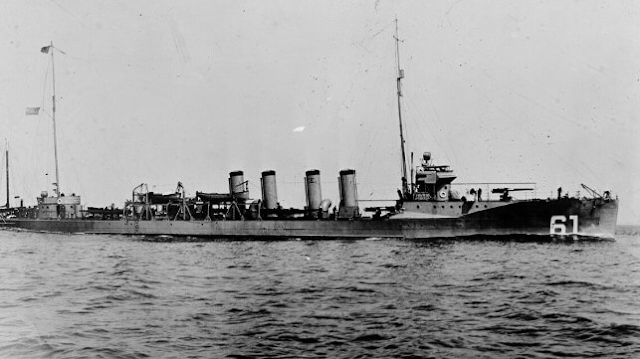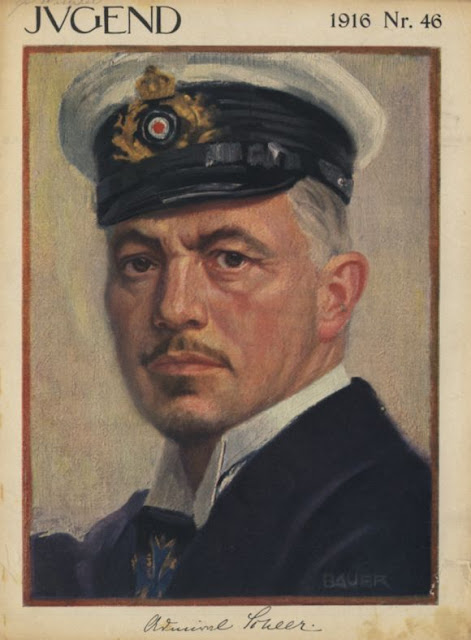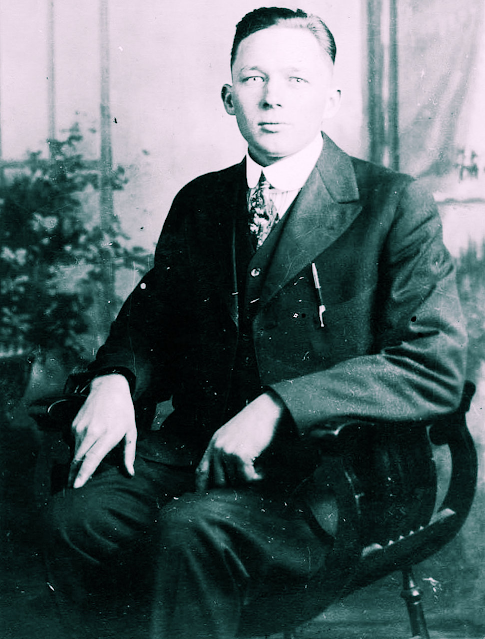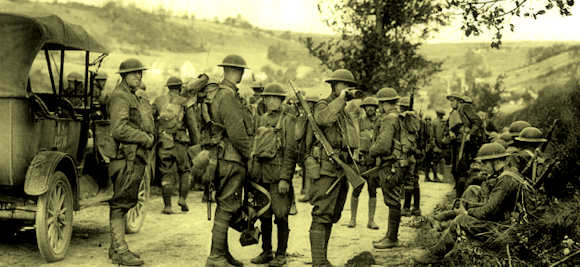 |
| Young Douglas Haig |
What skills and qualities did Douglas Haig (1861–1928) show in his young life and early military career that might have indicated his future suitability for supreme command? His biographer professor Andrew Wiest addressed that issue in his monograph Haig: The Evolution of a Commander and found his subject a most accomplished junior officer.
Douglas Haig was born in Edinburgh, Scotland, on 19 June 1861, the son of John and Rachel Haig. The youngest son of nine surviving children, Douglas Haig was little influenced by his father, who died in 1878. Instead, his mother and his sister Henrietta were the prime forces of his young life. A rather indifferent student, Haig first attended school at Clifton and then went on to Brasenose College, Oxford. University life, though, failed to seize the imagination of young Haig, who paid scant attention to his studies. Haig did, however, become increasingly engaged in the university social life of the era, taking on the trappings of a Victorian gentleman.
After a short and undistinguished stay at Oxford, in 1883 Haig took his sister Henrietta’s advice and embarked on a career in the military by entering the Royal Military College Sandhurst. Though he was older than most of his classmates, Haig was quite determined to succeed in his chosen career path. When asked to join in on an evening gambling session Haig remarked, "It’s all very well for you fellows, you are going into the Army to play at soldiering, I am going in it as a profession and I am going to do well in it." Eschewing the social life that was so important to most young men of his social standing, Haig applied himself to his studies with great diligence. Graduating first in the order of merit, Haig received a commission in the 7th Hussars in 1885. A fine rider and polo player, Haig would be forever associated with the cavalry, and before the Great War he would be one of the staunchest defenders of the cavalry’s utility in modern war.
 |
| Junior Officer |
After a brief stint with the 7th Hussars in India, Haig returned to Britain and worked further to codify cavalry technique. Very ambitious and very sure of his own abilities, Haig then entered Staff College, which represented the fast track to promotion. As he had at Sandhurst, Haig excelled, remaining wedded to his studies and aloof from most of his contemporaries. In his two years at Staff College Haig certainly impressed many of his instructors, causing one to comment that Haig "one of these days will be Commander-in-Chief." Haig’s tenure at Staff College was critical to the formulation of his understanding of the nature of modern war. He learned well that a major conflict would consist of four phases: maneuver, first clash of battle, a wearing-out fight of varying duration, and, finally, a decisive blow followed by exploitation. Haig, along with the commanders of every combatant nation, certainly expected this model to hold true at the outset of the Great War. Haig also learned that wars would be mobile and that superior morale, not superior firepower, would bring victory to forces that were rather evenly matched.
After Staff College, Haig saw brief action in the Sudan before moving on to more significant service in the Boer War. In the difficult struggle that would point out so many of Britain’s military failings, General John French served as commander of the British Cavalry Division in South Africa and Haig served as his chief staff officer. Haig landed the plum position shortly after having lent French £2,500 to avoid bankruptcy. Though some see the timing of the two events as no coincidence and believe that Haig was able to use the debt as leverage for an entire decade, the two officers remained rather close (for Haig) and devoted to the cause of the cavalry. Shortly after arriving in Cape Colony, French and Haig took part in the confused Battle of Elandslaagte. In the campaigning that followed Haig played his role well, but he longed for his own command. He received his chance in early 1902 by leading a mobile column engaged in chasing the elusive Boers and later took over command of the 17th Lancers.
 |
| Haig in South Africa |
His battlefield experiences in South Africa proved formative for Haig. The British military, lacking a true general staff system, had initially performed poorly. Realizing the need for change, Haig would, in time, become a leading reformer. Haig also learned the value of machine guns in combat, commenting often on their indispensability and of the need for more of such weapons. His appreciation of the machine gun is important, for it is a leading tenet of the traditionalist school that Haig misunderstood and undervalued its use and centrality to the Great War. Haig, though, remained mostly concerned with the future of his beloved cavalry, for some leading figures, including Lord Roberts, contended that the British experience in South Africa indicated that cavalry would best be utilized in combat as mounted infantry..
Haig, now a leading cavalry theorist, returned to Edinburgh for a brief stint in regimental command, and became aide-de-camp to King Edward VII. From this point on, Haig would enjoy a rather close relationship with King Edward and his successor, King George V. It was certain that Haig had made the proper social connections for advancement, connections he would work hard to cultivate and broaden. His record having caught the attention of General Sir Horatio Kitchener, the commander-in-chief in India, Haig soon departed Britain to take over the post of inspector general of cavalry in India, charged with the training and modernization of the cavalry of the subcontinent. During nearly three years of work Haig achieved considerable success in part through the institution of an advanced system of staff tactical exercises for training purposes.
Perhaps the most meaningful event in Haig’s life during this time was personal, not military. On leave in Britain in 1905, Haig met Dorothy Vivian, one of Queen Alexandra’s maids of honor. Haig had never spared much time for social niceties or relations with women. However, at age 44 he found himself quite taken with Dorothy Vivian. Their courtship was something of a whirlwind—engaged within a week and married in Buckingham Palace within a month of their first meeting. While Haig served in India, momentous events were taking place in Britain. The poor performance of the military during the Boer War caused Britain to pause and take stock of the organization of its armed forces. Beginning with the investigation of the Esher Committee into the nature of the War Office, it quickly became apparent that the organization of the British military was far behind the times and needed an immediate and drastic overhaul.
 |
| Lord Haldane |
Matters came to a head in 1906 with the election victory of the reform-minded Liberal Party. As a result, Richard Haldane took over as the new secretary of state for war, with a mandate to modernize the British military and make it capable of playing a major role in any possible European conflict or major colonial clash. With Haig serving as his "right-hand man," Haldane first went about the construction of the British Expeditionary Force (BEF). The War Office concluded that in time of continental war Britain would send a force of six infantry divisions and one cavalry division to France. By this point in his career Douglas Haig was already well-positioned to play a major role should that expeditionary force ever be deployed.

































